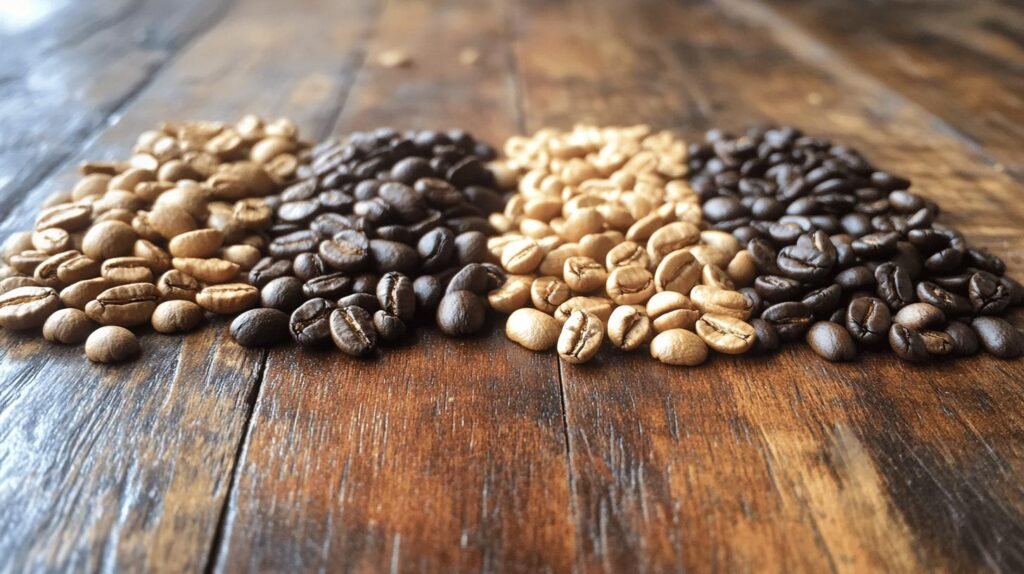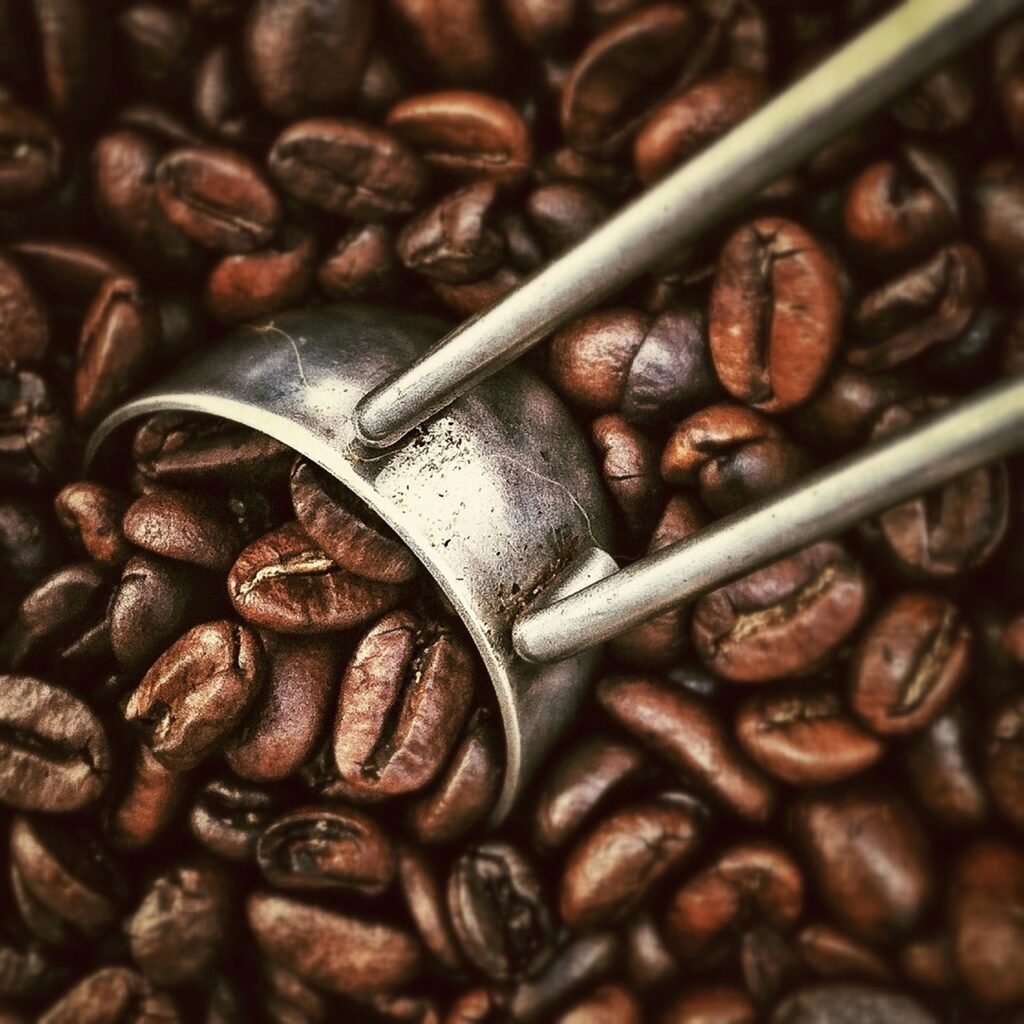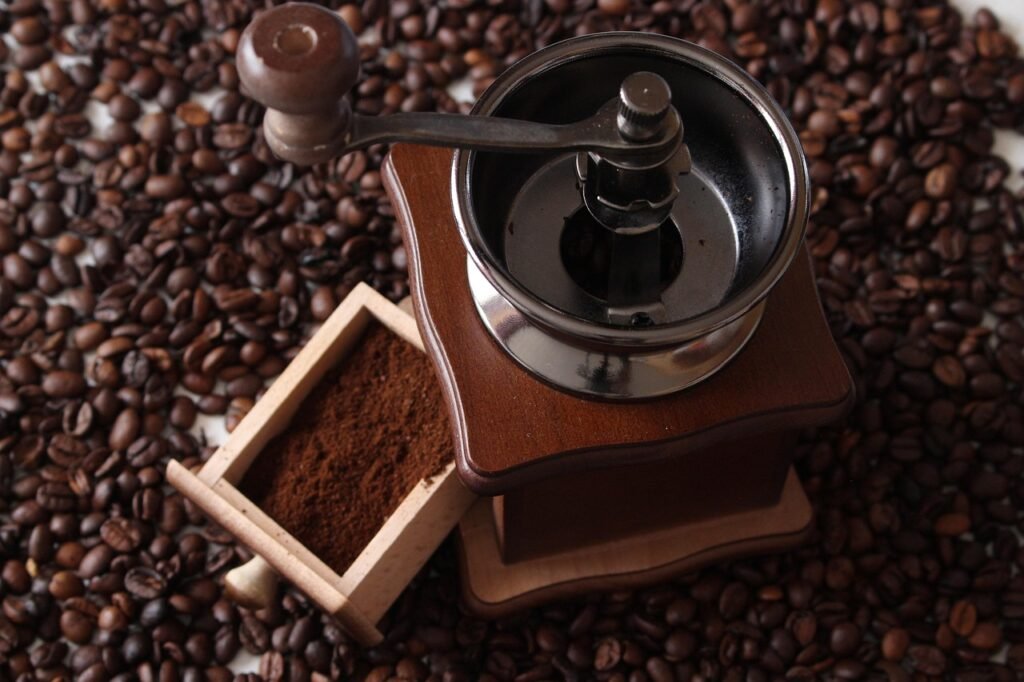
Artisanal Rituals for a Memorable Customer Experience
How can brands create a more balanced and memorable customer experience by blending artisanal product quality with thoughtful everyday rituals that keep people coming back?

TL;DR:
Ever wondered why your cup of coffee tastes different every time? The answer lies in the beans. Exploring the broad spectrum of coffee beans varieties reveals varied aromas and flavors, determined mainly by their origin and characteristics. Arabica, Robusta, Liberica, and Excelsa beans each offer unique qualities tailored for distinct palates.
By understanding these differences, coffee aficionados can curate their perfect brew, discovering how each bean type contributes to their ultimate coffee experience. Ready to dive into the world of coffee beans varieties and learn what makes each type special? Let’s get started.
Coffee lovers often come across four main types of coffee beans varieties: Arabica, Robusta, Liberica, and Excelsa.
Arabica beans dominate the market, making up about 60% of global coffee production. These beans are known for their smooth, sweet flavor with hints of fruit and sugar. They are usually grown at high altitudes, especially in regions like Latin America.
Robusta beans, which account for 40% of the world’s coffee production, are famous for their strong, bitter taste and higher caffeine content. These beans thrive at lower altitudes and are often used in espresso blends for their rich crema.
Liberica beans are less common but offer a unique experience among coffee beans varieties. They have a large, irregular shape and a distinct woody or smoky flavor. Originating from West Africa, these beans are now mainly grown in the Philippines and Malaysia.
Excelsa beans, reclassified as a variety of Liberica in 2006, still maintain a separate identity among coffee fans. Known for their tart, fruity profile and complex flavors, these beans are typically cultivated in Southeast Asia.
Roasting coffee beans at home offers many advantages that enhance the coffee experience.
First, you can customize the flavor to your specific taste. This customization brings out unique flavors and aromas that might be lost in mass-produced coffee. Additionally, home roasting ensures maximum freshness since coffee is best enjoyed within days of being roasted. Freshly roasted coffee brings out the peak flavor and aroma.

Green coffee beans, the starting point for roasting, range in price from $9.38 to $32.45 per pound. This variety allows you to explore different types and origins without spending too much. Home roasting can be more cost-effective over time compared to buying pre-roasted beans, which are usually more expensive due to added labor and packaging costs.
The roasting process involves several chemical reactions that contribute to the final flavor profile. It starts with dehydration, where moisture is removed from the beans. Next are the Maillard reaction and caramelization, developing complex flavors and colors. Finally, pyrolysis breaks down the beans’ structure and releases aromatic compounds. Each stage shapes the coffee’s taste and aroma.
The origin of coffee beans greatly affects their flavor.
For example, Kenyan coffee is known for its vibrant notes of raspberry and blackberry, offering a bright and fruity experience. Ethiopian beans often have floral and citrus characteristics, while Brazilian beans tend to have chocolate and nutty flavors. The geography and climate of a region contribute to these unique tasting notes.
Processing methods also play a crucial role in defining coffee flavors. Natural processing, where beans dry inside the coffee cherry, often results in sweeter and fruitier flavors. On the other hand, washed processing, which removes the cherry before drying, tends to produce a cleaner and more acidic taste. These methods can highlight or subdue certain flavor notes, making the choice of processing method key for the final cup profile.
Roasting levels further influence coffee’s taste. Light roasts preserve the bean’s natural flavors, often showcasing more acidity and a brighter profile. Medium roasts balance the bean’s natural characteristics with flavors developed during roasting, such as caramel and chocolate notes. Dark roasts highlight the roasting process, resulting in a bold, smoky, and often less acidic cup. Each roast level offers a different experience catering to various tastes.
Single-origin coffees are highly valued for their consistent and unique flavors. These coffees come from a specific region, farm, or even a single lot, ensuring a predictable and uniform taste profile. This consistency allows coffee fans to explore and appreciate the distinct characteristics unique to that origin, making each cup a new and delightful experience.
Coffee beans can range in price from $14 to $75 for 10 ounces, reflecting the quality and origin of the beans.
Higher-priced beans usually come from specialty coffee roasters who source their beans from regions known for unique flavor profiles and superior growing conditions. In contrast, lower-priced beans may come from mass-market brands that prioritize volume over quality.
Specialty coffee roasters offer more transparency and higher quality beans compared to mass-market brands. These roasters often provide detailed information about the origin, processing methods, and even the farm where the beans were grown. This transparency helps consumers make informed choices and ensures a higher standard of quality. Mass-market brands tend to offer less information and may blend beans from various sources, often sacrificing unique flavors for consistency.
Home roasting has several benefits for coffee enthusiasts. Firstly, it ensures maximum freshness, as coffee is best enjoyed within days of being roasted. Home roasting also allows for greater control over the flavor, enabling customization to individual tastes.
Additionally, it can be more affordable in the long run. While the initial investment in a home roaster might be higher, the cost of green coffee beans is generally lower than pre-roasted beans. This combination of freshness, customization, and cost-effectiveness makes home roasting a better choice for many coffee lovers.

Proper storage is essential to maintain the freshness and flavor of coffee beans.
Fresh coffee beans are rich in volatile compounds that contribute to their complex taste and aroma. When exposed to air, light, heat, or moisture, these compounds start to degrade, leading to a stale and less flavorful brew. To enjoy the full spectrum of flavors coffee offers, it is crucial to store your beans correctly. This ensures every cup you brew is as fresh and flavorful as possible.
The best practices for storing coffee beans involve using an airtight container and keeping it away from light, heat, and moisture. Airtight containers prevent exposure to oxygen, which accelerates staling. Additionally, storing the container in a cool, dark place helps maintain the beans’ integrity by minimizing exposure to light and heat. Moisture can also deteriorate the beans, so keeping them dry is essential. By following these practices, you can extend the shelf life of your coffee beans and preserve their quality.
Online retailers offer a broader variety of coffee beans, including rare and specialty options that are often hard to find locally. These platforms provide access to beans from different regions and unique blends catering to various taste preferences. Additionally, many online retailers supply detailed information about the origin, processing methods, and tasting notes, allowing consumers to make informed decisions.
Buying coffee beans locally has its perks, mainly in terms of freshness and supporting small businesses. Local shops often source their beans from nearby roasters, ensuring the coffee is fresh and recently roasted. This freshness can significantly impact the flavor and aroma. Moreover, purchasing from local shops helps support the local economy and small-scale roasters passionate about their craft.
The cost of coffee beans can vary between online and local purchases. While online retailers might offer a wider selection, they often come with additional shipping costs. Local shops might have slightly higher prices due to the smaller scale of their operations, but they eliminate shipping fees and provide immediate access to the beans. This price variation is worth considering when deciding where to buy your coffee beans.
Exploring the different types of coffee beans varieties, learning to roast at home, and understanding their flavor profiles can significantly enhance your coffee experience.
By comparing home-roasted with store-bought beans, you see the clear benefits of freshness and affordability. Proper storage ensures you maintain that quality over time.
Whether you choose to buy online or locally, being informed helps you make the best choice for your needs. Enjoy experimenting with coffee beans varieties to find your perfect balance and savor every cup.
The best coffee beans varieties are often subjective, but Arabica beans are highly regarded for their smooth taste and complex flavors. Specialty coffee beans from reputable sources are also considered top-quality.
The four main types of coffee beans varieties are Arabica, Robusta, Liberica, and Excelsa. Each type has unique characteristics and flavors, influencing the taste of the coffee.
Whole coffee beans are generally better than ground coffee as they retain freshness and flavor longer. Grinding beans just before brewing enhances the overall taste and aroma.
Coffee beans last about 2 to 4 weeks at peak freshness if stored properly. Airtight containers away from light, heat, and moisture can extend their shelf life.
The best coffee grinder for home use is a burr grinder. Burr grinders provide a consistent grind size, essential for brewing quality coffee at home.

How can brands create a more balanced and memorable customer experience by blending artisanal product quality with thoughtful everyday rituals that keep people coming back?

Independent coffee shops have always been about more than caffeine—they’re hubs of creativity, connection, and care. As café culture continues to evolve, new trends are

Introduction Independent cafes win when they feel like the neighborhood’s living room and operate with the discipline of a great kitchen. Below is a quick

Discover how top specialty coffee brands create lasting loyalty through storytelling, sourcing, and community connection. Real tips from 6 industry experts.

Discover the ultimate showdown between two beloved coffee brewing methods: the French press and Chemex. Explore how each technique caters to distinct palates, with the French press delivering bold flavors and the Chemex presenting a bright, clean taste.

Unlock the secrets to brewing the perfect cup of coffee with our comprehensive guide on using a coffee scale. Discover how precise measurements enhance flavor and consistency while eliminating bitterness.

Discover how water temperature plays a vital role in brewing the perfect cup of coffee. This article delves into the ideal temperature range of 195°F to 205°F for optimal flavor extraction, enhancing the enjoyment of high-quality beans.

Discover the world of curated specialty coffee bundles, perfect for enthusiasts seeking quality and craftsmanship. This article explores the benefits of ethically sourced, small-batch beans from brands like Equipoise Coffee, offering diverse flavor profiles that elevate your brewing experience.

Discover the art of manual brewing to elevate your coffee experience! This article explores various techniques like pour-over, French press, and AeroPress, revealing how they enhance flavor and your connection to every cup.